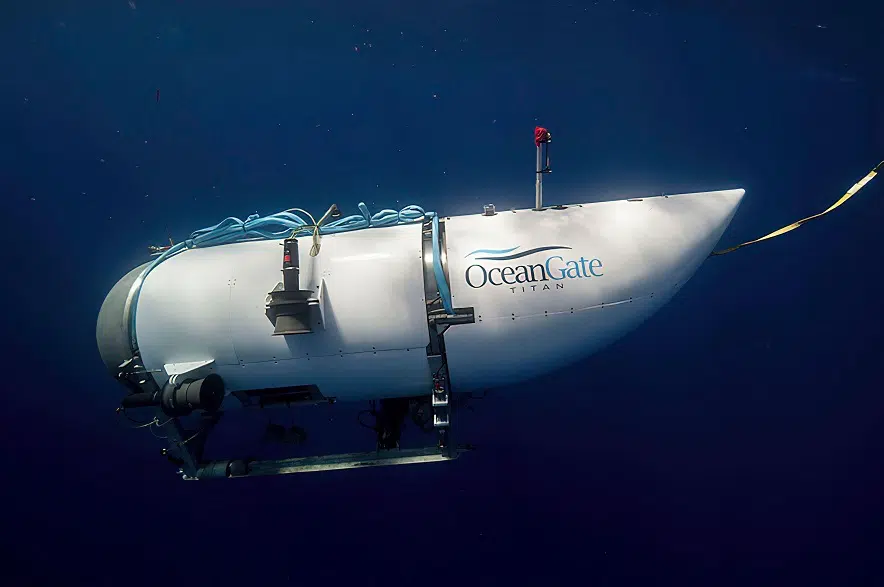Search-and-rescue crews have narrowed their search for a missing submarine in the Atlantic Ocean.
The submarine, carrying five people, went missing Sunday while trying to explore wreckage of the Titanic.
The massive search was narrowed after a Canadian plane assisting with the efforts heard an underwater sound that could’ve come from humans on Wednesday. In order to find the source of the sounds, a special buoy was deployed.
Whether the sounds came from humans has not yet been confirmed.
“What they’re doing is dropping these sonar buoys, and they look like poster tube,” David Marquet, a retired submarine captain with the U.S. Navy explained to Gormley on Wednesday morning.
“(The buoy) sinks down into ocean and leaves a little antenna at the top. When they hear a sound that sounds human, they send that signal back to the airplane for analysis.”
Remotely operated vehicles (ROVs) are also being used to search for the missing submarine, but because of the remoteness and darkness of the ocean depths, Marquet said search efforts can take a long time.
“They have lights, cameras and now a person with a joystick driving the ROV up and down, looking for the submarine that might’ve made this sound,” Marquet added. “It’s very slow and painstaking work.”
Marquet told Gormley that a massive cable has been sent to Newfoundland in order to raise the sub if rescuers can locate it.
While it’s good news they have a cable that could possibly reach to depths of the ocean, Marquet said a rescue of any kind would have to go perfectly to get the crew and passengers out alive.
He noted that the Titanic’s wreck sits about 10 times deeper than any military submarine can venture.
“Very few vessels could go that deep,” Marquet said. “Basically, everything has got to go right.”
Marquet said he believes the chances of anyone surviving are still very low – especially considering they only have a day’s worth of oxygen left.
“Before we heard about this banging, I’d guess (the odds were) one per cent or so,” Marquet added.
“When they lost communications an hour and 45 minutes into the dive on Sunday, that was likely a catastrophic malfunction for the ship. But now that we’ve heard some sounds, maybe it’s a two or three per cent (chance). The first step is we’ve got to find the ship.”











